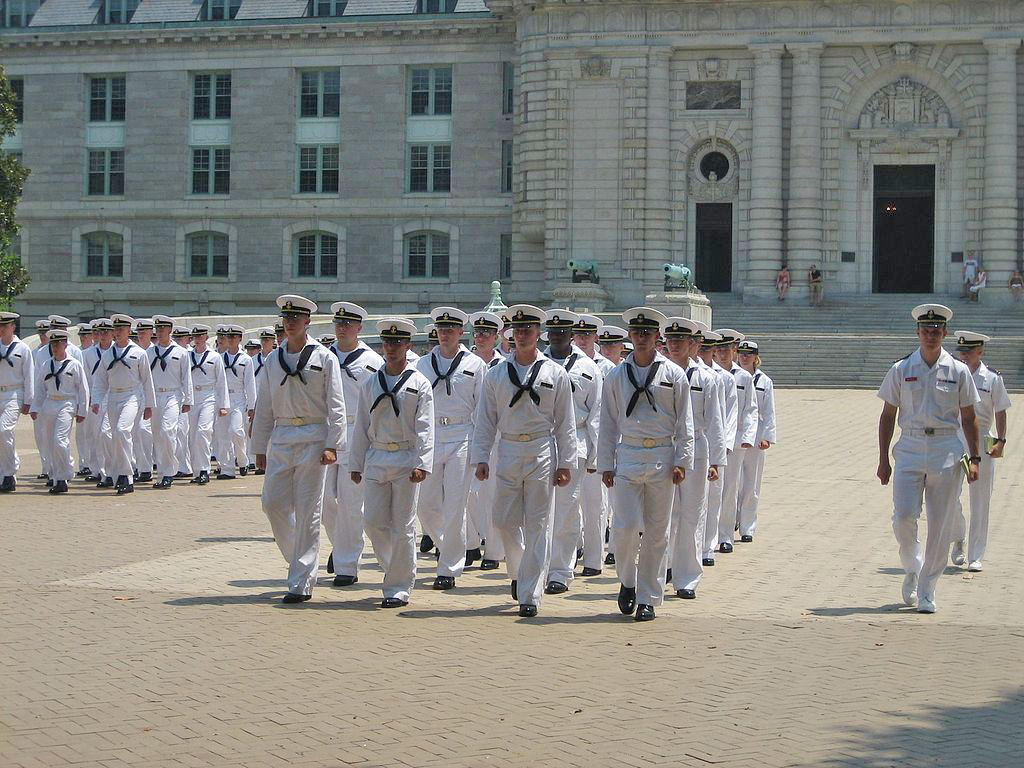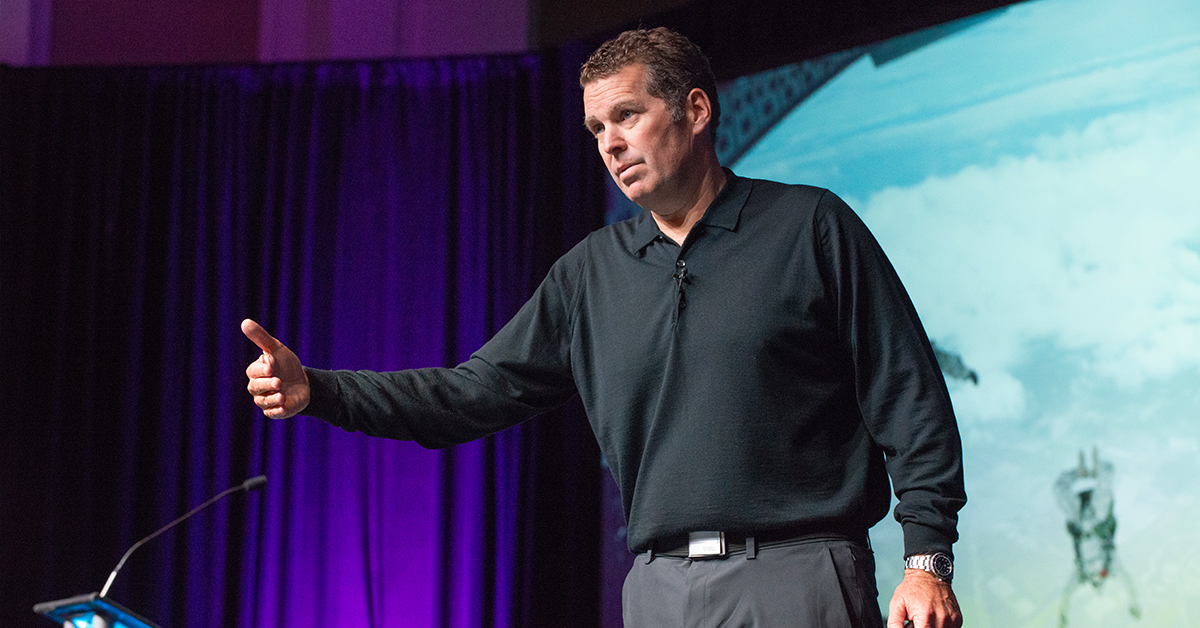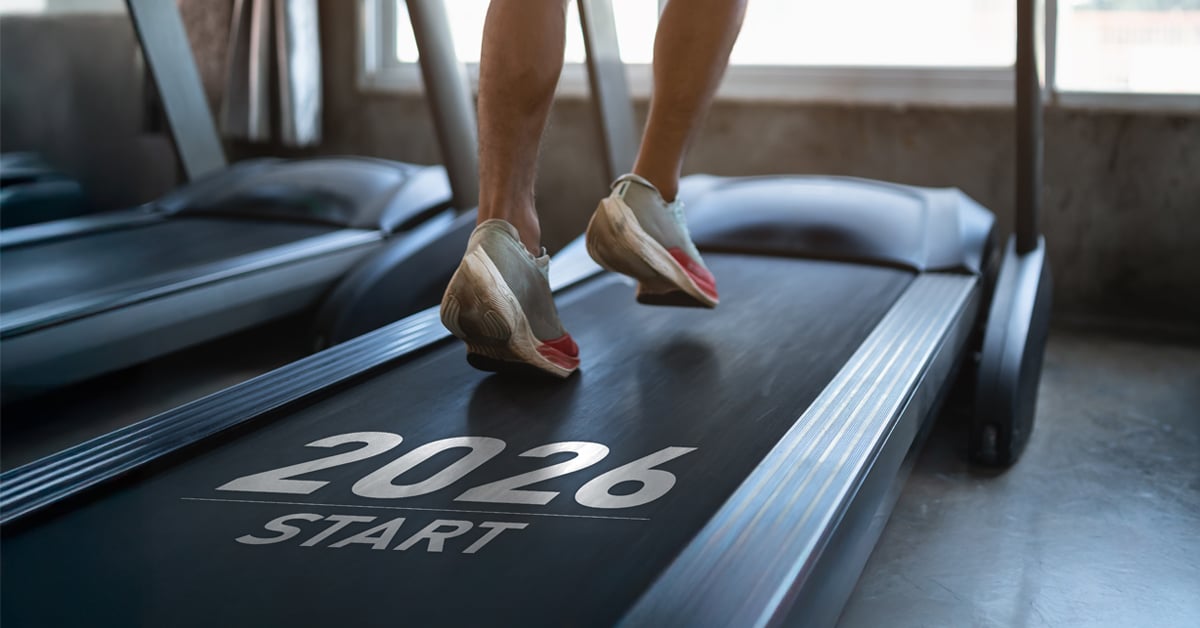The first 23 months of my US Naval Academy service could best be described as if I were playing a starring role in the Charles Dickens’s novel “A tale of two cities” – “it was the best of times, it was the worst of times.” The thing is, those two “times” were highly correlated for me – every instance that I had a “best of times” experience led me to a “worst of times” punishment. These experiences were my Yin and Yang – some twisted “if, then” statement – “if you have a good time, then you get punished.”
It Was the Best of Times, It Was the Worst of Times
In Academy speak, the worst times are measured in the number of days of restriction. One full day of restriction starts with a 5:15 a.m. wake-up to prepare for a 6:00 a.m. uniform inspection. There are six uniform inspections throughout the day, with the last one ending at midnight. If you fail a uniform inspection, then the pace of restriction days accelerates. You can only work off days of restriction on weekends, holidays and vacations. If you’re a Plebe (a newly entered cadet or freshman) and receive restriction, then you’re either marching in square for 45 minutes at a time or restricted to your room during liberty. If your grade point average (GPA) sinks below a 2.0 then you were quarantined to your room for hours of endless “study-hall.”
Snow was Our Savior
There was one exception – and we all prayed for it – when it snowed. It didn’t snow often, but when it did, the Academy grounds crew was totally overwhelmed. It relied on “restrictees” to help shovel snow, and we were ALL too willing to help them. One hour of shoveling equated to one day of restriction. We could – and did – work off up to 10 days of restriction in one day. Growing up in central Massachusetts, shoveling was an activity I knew well (I once received a snow shovel for Christmas from my parents!). Snow was our savior.
Uniform Code of Military Justice Applies to Plebes Too
I guess you could say that I had more than my share of the“best of times,” but it’s probably more accurate to say that I was just caught more than most. I didn’t think jumping off the Eastport Bridge in full Service Dress Blues was a big deal, but the disciplinary committee saw it differently. Actually, they saw four offenses in my October plunge into the Chesapeake:
- Disrespect in uniform (swimming in dress blues is a no-no),
- Underage drinking (the Air Force nurses traded me and my swim buddy beers for our Navy uniform devices),
- Out of uniform (I traded all my anchors and Academy regalia away), and
- Conduct unbecoming an officer (officers don’t jump off of bridges – who knew?)
It turns out that the Uniform Code of Military Justice applies to Plebes too. That stunt started my downward spiral of collecting days of restriction. There was only one moment that I can remember not having restriction in my first two years, and that was thanks to a snowstorm.
My Only “Best of Times” that Didn’t Get Me into Trouble
By the end of my sophomore year, I had amassed more demerits than were allowed for as a senior. I had been placed on “double secret probation” – no joke – the commandant of the Academy, Captain Joseph W. Prueher, who went on to be a 4-star admiral and Commander of the Pacific Fleet, told it to me directly. My only saving grace, and my only “best of times” that didn’t get me into trouble was rowing. By total luck, Captain Prueher had rowed at the Naval Academy, and my coach – a rowing coach legend – had coached him too. So when my coach showed up at my last disciplinary hearing to persuade the committee to let me back into the Academy (officially when you receive the maximum punishment, you’re kicked out of school and have to argue your case on why you should be re-admitted), it helped that he could relate my rowing accomplishments to the Commandant. I was the first sophomore – or at least the first in a very long time – to stroke Navy’s Varsity Heavyweight Eight oared shell.
I Needed an Act of God to Help Me – or So I Thought
As helpful as rowing was in keeping me at the Naval Academy, I couldn’t row off my days of restriction. I had earned such a massive number of days of restriction, I was actually fearful that IF I graduated – and that was a big IF – I might not be able to get my diploma on the same day as my classmates, because I would still be serving the remaining days of my sophomore punishments. I needed an act of God to help me – or so I thought. It turns out that I didn’t have to go that high – I JUST needed to get the sitting President of the United States of America to say a simple phrase: “All restrictees are hereby pardoned.”
Presidential Pardon Power
At the time, our Commander in Chief was President George Herbert Walker Bush – a former Naval Aviator and a frequent visitor to the Academy (frequent in Presidential terms was three times). We didn’t know about the Presidential pardon power until a senior mentioned it to all of us restrictees during one of our late night uniform inspections: “There’s old Academy tradition that no POTUS knows about, and that’s the point – you have to get him a note so he knows what to say – and he has to say, “All restrictees are hereby pardoned.” He then went on to inform us, “Oh, and by the way, getting him a note isn’t as easy as it sounds – you won’t get within 20 feet of him before his Secret Service agents greet you,” he said with smile; but we didn’t care – his words gave us hope.
A Thousand Points of Light
Ironically, our “hope” was coming to deliver one of the themes of his Presidency – the “thousand points of light” speech. The poetry of the situation wasn’t lost on us (a team of restrictees) as we devised a plan to get him a note that would shine some light on us and compel him to say the phrase that freed us. First we went to work on writing three separate notes that all began with “Dear Mr. President…”
He Freed Us!
We did get the letter to him, and he said the words at lunch time. “All restrictees are hereby pardoned.” – He freed us!
The Four Essential Actions of High-Performance Leadership
These lessons aren’t exclusive to the Navy SEALs; they are used by successful entrepreneurs, nonprofit leaders, coaches, and sport captains—and now you can master them too. Unstoppable Teams is the handbook for how to build care-based teams that will push people to achieve more than they ever thought possible.





